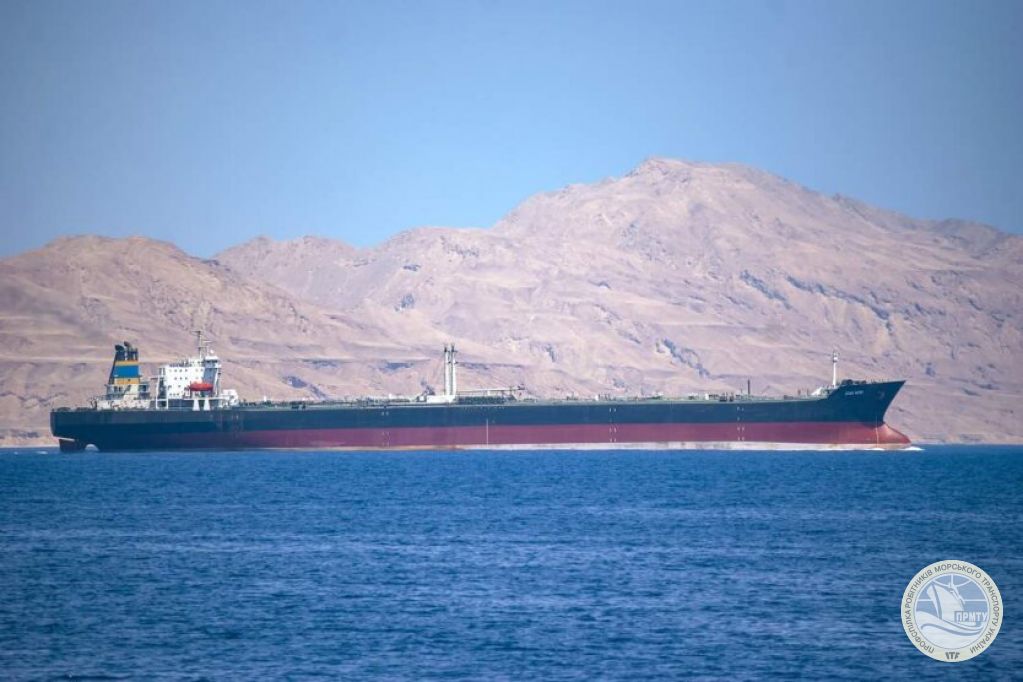The social partners are increasingly concerned about the actions of the Houthi rebel forces, which, due to the war between Israel and Hamas, threaten the safety of seafarers and ships passing through the Red Sea.
In the southern part of the Yemeni coast:
- From the central part of the Yemeni coast, a section starting at Aden, a port in Yemen at 45°01.40 E and running south to the International Recommended Transit Corridor (IRTC) at 12°05.00 N.
- From this position, it runs west along the Recommended Security Corridor (RSC) until it crosses into a war zone.In the southern part of the Yemeni coast:
- From the central part of the Yemeni coast, a section starting at Aden, a port in Yemen at 45°01.40 E and running south to the International Recommended Transit Corridor (IRTC) at 12°05.00 N.
- From this position, it runs west along the Recommended Security Corridor (RSC) until it crosses into a war zone.In the southern part of the Yemeni coast:
- From the central part of the Yemeni coast, a section starting at Aden, a port in Yemen at 45°01.40 E and running south to the International Recommended Transit Corridor (IRTC) at 12°05.00 N.
- From this position, it runs west along the Recommended Security Corridor (RSC) until it crosses into a war zone.In the southern part of the Yemeni coast:
- From the central part of the Yemeni coast, a section starting at Aden, a port in Yemen at 45°01.40 E and running south to the International Recommended Transit Corridor (IRTC) at 12°05.00 N.
- From this position, it runs west along the Recommended Security Corridor (RSC) until it crosses into a war zone.The IBF calls on states with influence in the region to protect this globally important trade route to ensure the health and safety of seafarers.
Following the incidents in the Red Sea and the Bab el Mandeb Strait on 19 November 2023, the International Bargaining Forum (IBF) agreed to designate the southern Red Sea and Strait as a high-risk area from 22 December 2023. This follows close monitoring of the situation and analysis of further risks to shipping and seafarers by the IBF's War Zone Committee over the past few weeks.
Thus, seafarers transiting through this zone and covered by IBF agreements will be entitled to
- a bonus equal to the basic salary paid during the transit;
- double compensation in the event of death or disability;
- a mandatory requirement to enhance security measures to ISPS level 3.
David Heindel, Head of the ITF Seafarers' Section, said: "These are difficult times for the industry and especially for seafarers who are just doing their jobs. While this is a sensitive political issue, for seafarers it is about their health and safety. We welcome the decision of several companies to suspend or re-route vessels to avoid the risk of attack, and we are pleased that our partners have responded positively to our request to reflect the potential risks that exist for all seafarers passing through the Red Sea at this time."
The new high-risk area is defined by the following coordinates, but does not include the twelve nautical miles off the coast of Yemen, which has already been designated as a war zone:
Southern Red Sea:
- Beginning at the border with Saudi Arabia at 16°24.12N and extending westwards to Eritrea.
- On the southern side, it ends at the Traffic Sharing Scheme (TSS) in the Bab el Mandeb Strait, which runs parallel to the Eritrea-Djibouti border
In the southern part of the Yemeni coast:
- From the central part of the Yemeni coast, a section starting at Aden, a port in Yemen at 45°01.40 E and running south to the International Recommended Transit Corridor (IRTC) at 12°05.00 N.
- From this position, it runs west along the Recommended Security Corridor (RSC) until it crosses into a war zone.




